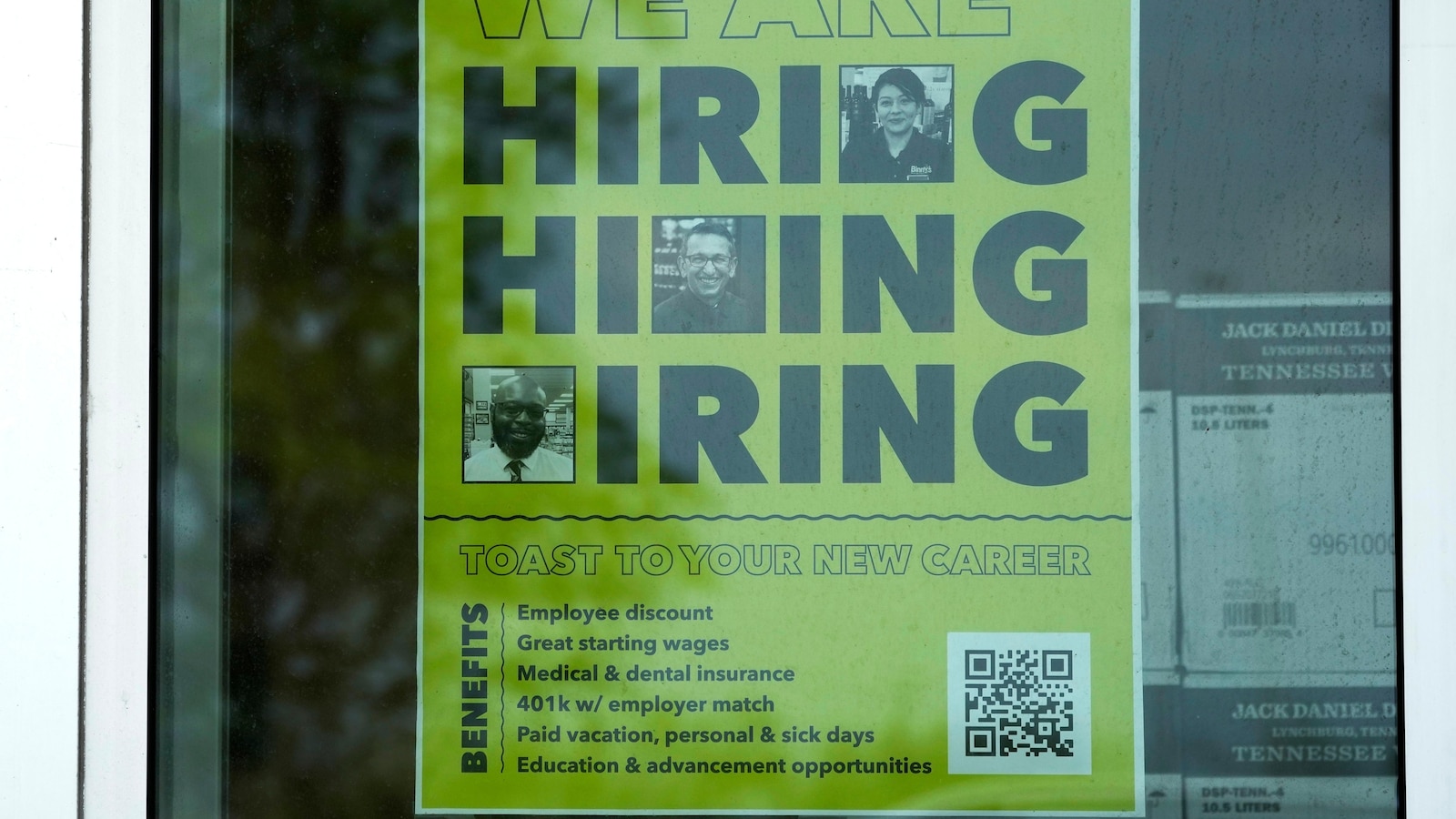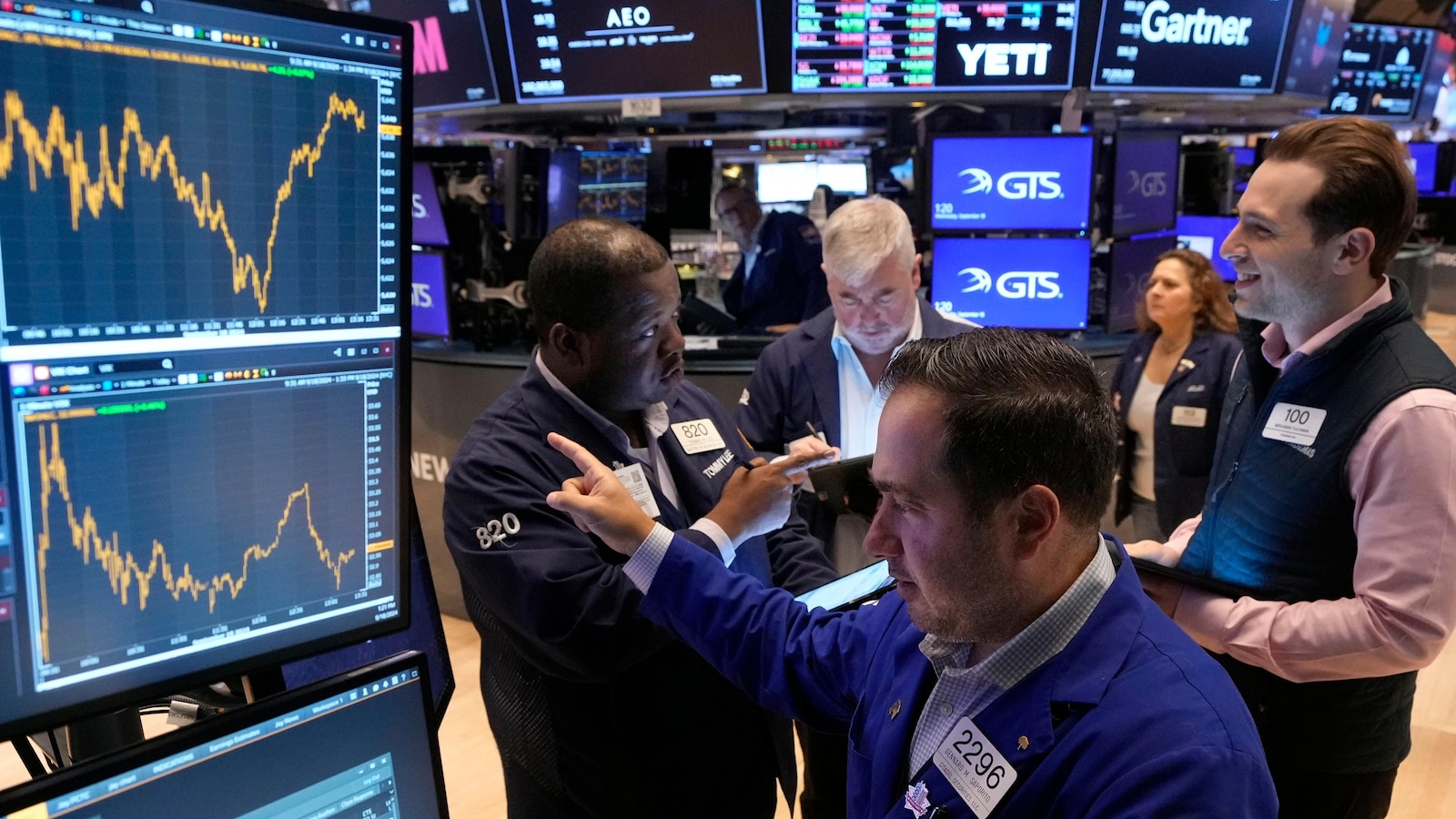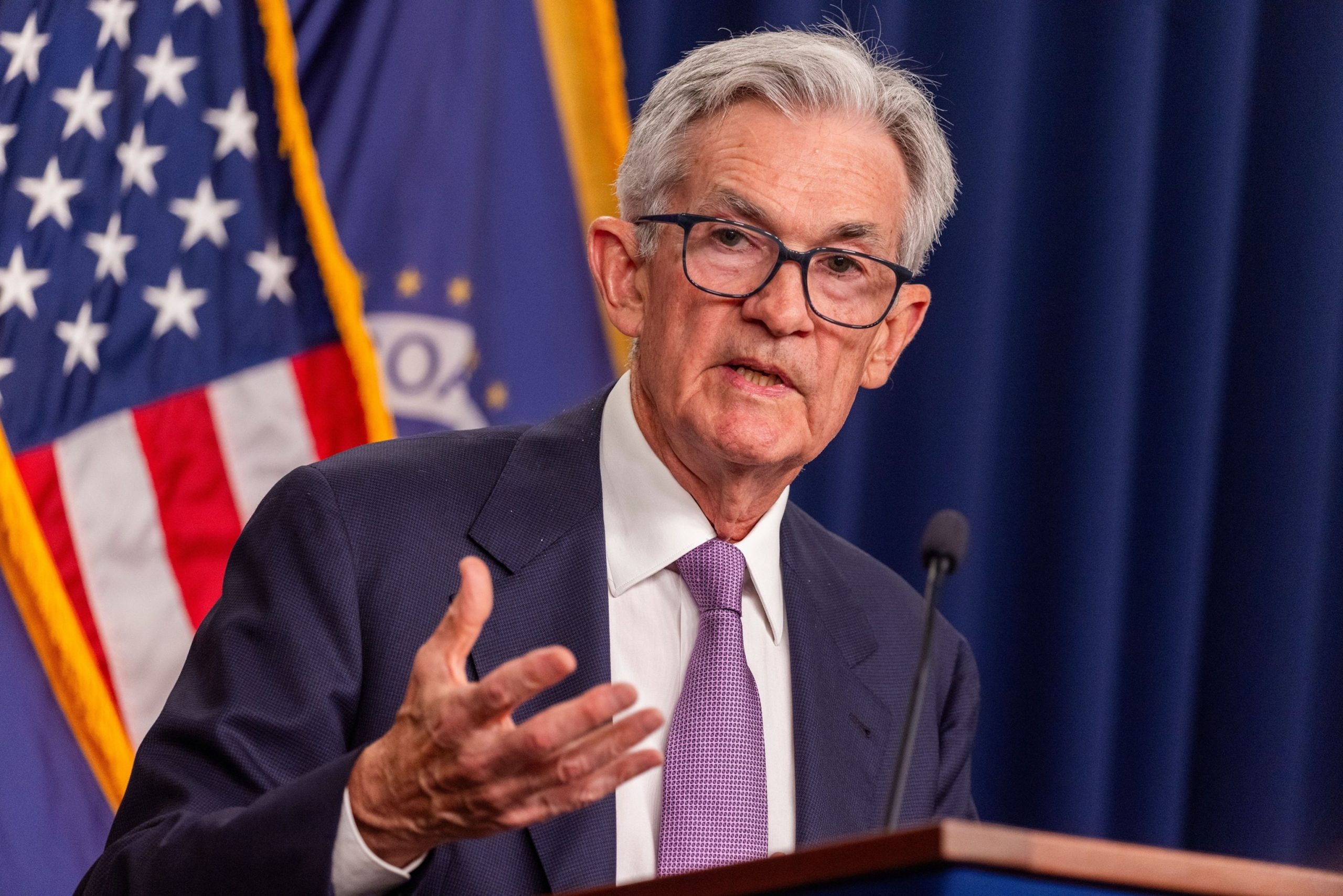
The number of Americans filing for unemployment benefits rose modestly last week, but the level of claims remains at healthy levels.
Jobless claims rose by 4,000 to 232,000 for the week of Aug. 17, the Labor Department reported Thursday. The four-week average of claims, which evens out some of the weekly gyrations, ticked down by 750 to 236,000.
For the week ending Aug. 10, 1.86 million Americans were collecting jobless benefits, 4,000 more than the week before.
Weekly filings for unemployment benefits, which are a proxy for layoffs, remain low by historic standards.
From January through May, claims averaged a paltry 213,000 a week. But they started rising in May, hitting 250,000 in late July and adding to evidence that high interest rates are taking a toll on the U.S. job market.
However, the tiny increase in claims this week follows two straight weeks of declines, largely dispelling worries that the job market is deteriorating rapidly rather than just slowing.
The Federal Reserve, fighting inflation that hit a four-decade just over two years ago, raised its benchmark interest rate 11 times in 2022 and 2023, taking it to a 23-year high. Inflation has come down steadily — from more than 9% in June 2022 to a three-year low of 2.9% last month. Despite higher borrowing costs, the economy and hiring kept chugging along, defying widespread fears that the U.S. was poised to tip into a recession.
The economy is weighing heavily on voters as they prepare for November’s presidential election. Despite a solid job market and decelerating inflation, Americans are still exasperated that consumer prices are 19% higher than they were before inflation started to take off in 2021. Many blame President Joe Biden, though it’s unclear whether they will hold Vice President Kamala Harris responsible as she seeks the presidency.
Lately, higher rates have finally seemed to be taking a toll. Employers added just 114,000 jobs in July, well below the January-June monthly average of nearly 218,000. The unemployment rate rose for the fourth straight month in July, though it remains low at 4.3%.
Earlier this week, the Labor Department reported that the U.S. economy added 818,000 fewer jobs from April 2023 through March this year than were originally reported. The revised total supports evidence that the job market has been steadily slowing and likely reinforces the Federal Reserve’s plan to start cutting interest rates soon.
The Labor Department estimated that job growth averaged 174,000 a month in the year that ended in March — a decline of 68,000 a month from the 242,000 that were initially reported. The revisions released Wednesday were preliminary, with final numbers to be issued in February next year.
On top of that, monthly job openings have fallen steadily since peaking at a record 12.2 million in March 2022. They were down to 8.2 million in June.
As signs of an economic slowdown accumulate and inflation continues to drift down toward its 2% target, the Fed is expected to start cutting rates at its next meeting in September.
The United States has seen a significant increase in unemployment benefit applications in recent months, as the economic impact of the COVID-19 pandemic continues to be felt across the country. Despite this surge in applications, the overall level of unemployment benefit claims has remained relatively stable compared to historical trends.
According to data from the U.S. Department of Labor, the number of Americans filing for unemployment benefits has reached record highs in the wake of widespread business closures and layoffs caused by the pandemic. In April 2020, over 20 million Americans filed for unemployment benefits, marking the highest number of claims in history. Since then, the number of weekly claims has fluctuated but has generally remained elevated compared to pre-pandemic levels.
Despite the increase in unemployment benefit applications, the overall level of claims has not surpassed historical highs seen during previous economic downturns, such as the Great Recession of 2008. This suggests that while the current economic situation is dire, it may not be as severe as past crises in terms of its impact on the labor market.
One possible explanation for this phenomenon is the unprecedented scale of government intervention in response to the pandemic. The CARES Act, passed by Congress in March 2020, provided expanded unemployment benefits to millions of Americans who lost their jobs due to the pandemic. This included an additional $600 per week in federal unemployment benefits on top of state benefits, as well as extended eligibility for self-employed and gig workers.
These measures likely helped cushion the blow of job losses and provided much-needed financial support to those affected by the economic fallout from the pandemic. As a result, many Americans who may have otherwise faced financial hardship were able to access unemployment benefits and maintain some level of stability during these uncertain times.
While the increase in unemployment benefit applications is a cause for concern, the fact that overall levels have remained relatively stable compared to historical trends is a positive sign. It suggests that government intervention and support programs have been effective in mitigating the impact of the pandemic on the labor market.
As the country continues to grapple with the economic fallout from the pandemic, it will be crucial for policymakers to monitor unemployment trends closely and provide ongoing support to those in need. By maintaining historically stable levels of unemployment benefit applications, we can help ensure that Americans have the resources they need to weather this crisis and eventually recover and rebuild our economy.


